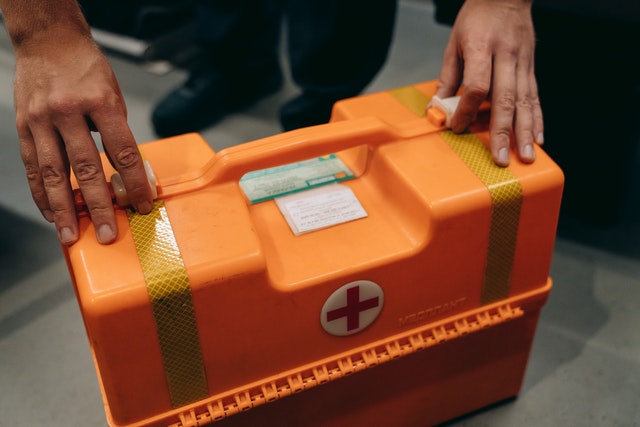
If you’re looking to become a first aid trainer or want to develop your skills in the area of emergency response, you may have heard about the HLTAID012 unit of competency. If you’re interested in gaining the knowledge and skills to provide first aid in a variety of settings, then the nationally recognized HLTAID012 training course may be for you. To help you learn more about the course, here are six essential things that you’ll learn.
What is HLTAID012?
HLTAID012 is the unit of competency that covers providing first aid in an education and care setting. The course provides participants with the knowledge and skills to provide first aid response, life support, and management of casualties in an education and care setting, including asthma and anaphylaxis response. The course is suitable for people who work or intend to work in the education and care sector.
What Will You Learn?
The course covers a range of topics, including:
Responding to an Emergency Situation
The course covers the initial steps to take in an emergency situation, which includes assessing the situation and identifying potential risks. During the course, participants will learn how to prioritize casualties and provide basic life support before the arrival of medical assistance. They will also be trained to follow the correct procedures when calling for emergency services.
Cardiopulmonary Resuscitation (CPR)
Cardiopulmonary resuscitation is a technique used to revive a person whose heart has stopped. It’s an essential skill that anyone who works in an education and care setting should possess. During the course, participants will learn how to perform CPR on adults, children, and infants. They will also learn how to use an automated external defibrillator (AED), which is a device used to shock the heart back into a normal rhythm in the case of cardiac arrest.
Providing First Aid to a Casualty Who is Choking
Choking is a common emergency that can happen in any setting, including education and care. The course teaches participants how to recognize when someone is choking and provide effective first aid response. During the course, participants will learn how to assess the level of airway obstruction and the appropriate first aid measures to take, including back blows and abdominal thrusts.
Management of Bleeding, Shock, and Anaphylaxis
Bleeding, shock, and anaphylaxis are potentially life-threatening medical emergencies that require immediate attention. During the course, participants will learn how to identify and manage these emergencies in an education and care setting.
The participants will be trained to use the correct first aid procedures for managing bleeding, including the application of pressure and dressing. Participants will also learn how to recognize the signs and symptoms of shock and anaphylaxis and provide the appropriate first aid response.
Providing First Aid to a Casualty Who is Suffering from Asthma
Asthma is a chronic respiratory condition that affects many Australians, including children. In an education and care setting, it’s important to be able to recognize the signs and symptoms of asthma and provide the appropriate first aid response. During the course, participants will learn how to assess the severity of an asthma attack and provide the correct first aid measures, including administering medication and monitoring the casualty’s breathing.
Identifying and Responding to a Range of Medical Emergencies
In addition to the emergencies mentioned above, there are many other medical emergencies that can occur in an education and care setting. The course covers a range of medical emergencies, including seizures, stroke, and diabetes. Participants will learn how to recognize the signs and symptoms of these medical emergencies and provide the appropriate first aid response.
The Bottom Line
HLTAID012 is a valuable unit of competency for anyone working in the education and care sector. By completing this course, you’ll gain the knowledge and skills to provide effective first aid response in a range of emergency situations.










